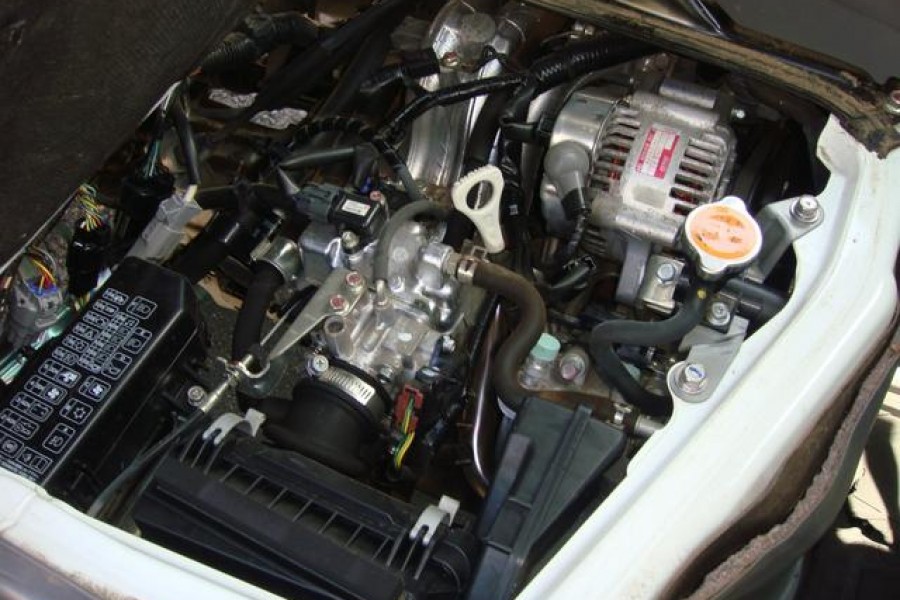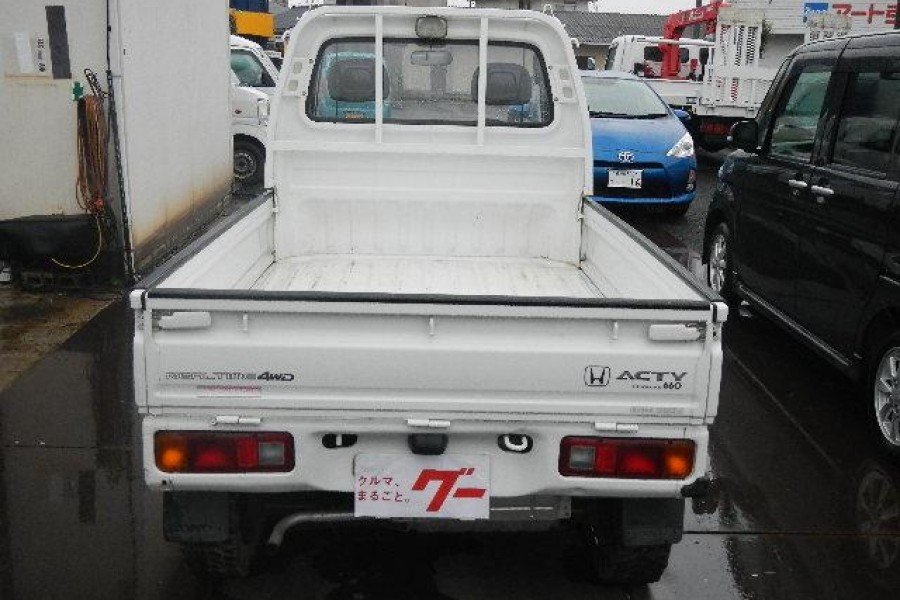How Long Should an Air Filter Last?
All internal combustion engines require air to function. The fuel cannot burn on its own to generate energy, oxygen supports combustion, and it is not easy for air to access the cylinders unless injected. The engine is very delicate, and any percentage of impurity can damage it. The air getting into the engine has to be clean. If not, all the debris and dirt accompanying the air will come into contact with the engine resulting in reduced engine performance and an increased rate at which your engine will wear out. How long should an air filter last before needing to be replaced? Here is a guide to that and how to go about it.
The engine strains a lot when it does not receive adequate air, the fuel in the combustion chamber will not burn effectively, and the cooling system will not be able to function effectively. The air filter ensures the engine’s air is free from dirt and other impurities. When you start your engine, the air filter works until you turn it off. It will deliver the required quantity of air into the engine, preventing trapping impurities carried by the air from reaching the engine. However, even the best air filter will not serve you forever. At some point, it has to be clogged and become faulty.
How Long Should an Air Filter Last?
The frequency of replacing the air filters solely depends on the nature of the places you regularly drive your truck. When you drive primarily on rough and dusty roads, making many stops, and going on city driving, you must replace your filters more often.
Consider changing your air filter after covering 10,000miles. It is ideal for changing the filters whenever you do an oil change. You must regularly check the condition of your filter. Doing this is the only way to ensure they are in good working condition or need a replacement. Doing regular check-ups will save you from performing expensive repairs.
Regardless of the above guidelines, the rate at which your air filter will wear out may vary. You must be conversant with the symptoms associated with faulty air filters. The following signs indicate that your air filter is defective, and you should consider replacing it.
- The rate at which your truck consumes fuel starts to be higher than usual. You will note the rate at which the fuel gauge drops even after covering a shorter distance will increase.
- You may experience problems with the ignition of your truck. It may take time or fail to start. The ignition problem usually results from the combustion chamber not getting adequate oxygen to initiate combustion.
- You will experience a rough engine idling.
- The engine check-light will appear on your dashboard.
These are signs you will experience when your truck needs a new air filter.
Conclusion,
The engine is the most delicate part of a truck. As much as it is fragile, it will need air to function properly. Air carries many impurities that should not get into contact with the engine. The engine filter traps dirt and other contaminants and delivers pure air to the engine. The role the air filter plays makes it clog and with time could become faulty. This guide has elaborated on when to replace and how to know the air filters need a replacement.



